Angiosperm Reproduction
---
Forsythia is bisexual (meaning its flowers have both male and female bits) like the majority of the flowers.
The female floral parts: the stigmatic surface, the ovary and the style that connect the stigma to the ovary. Collectively they are call a pistil.
The male bits of the flower: anthers which contain pollen grains and filaments which hold up the anthers. Together they are called stamens.
Phaseolus coccineus or scarlet runner bean. The oval scar is the hilum and it is where the seed was attached to the placenta. The tiny pore above the hilum is the microphyle.
One of the two cotyledons will have a plumule (where the stem and leaves develop) and a radicle (where the roots develop).
Tulipa (tulip) flower have almost identical petals and sepals. When we can't distinguish petals from sepals we call them tepals.
Examine the stamens and pistil of the flower. The pistil of this flower lacks an style. Instead, the stigma is attached directly to the ovary.
A cross section of the ovary. This ovary has 3 locules and the type of placentation is axile.
A way to identify the number of locules in the ovary is to look at the sigma. A 3 lobed stigma suggest this ovary has 3 locules.
Antirrhinum(snapdragon) flowers have bilateral or zygomoprhic symmetry.
A cross section of the ovary reveals 2 ovules and ovules in axile placentation. Axile placentaiton refers to the ovules that are attached to the central placenta.
Narcissus (daffodil) flowers.
The sepals, petals and stamens are fused together at the base to form an hypanthium. The petals, septals and stamens are above the ovary, therefore, this flower is epigynous.
The longitudinal section shows the ovules attached to a central placenta...axil placentation.
Another view of the axile placentation. A cross section can also reveal the number of locules and in this case it's 3.
Prunus (cherry) flowers.
These flowers have cup-shaped hypanthium. Similar to the daffodil flower above, these flowers are also epigynous.
Salix (willow)
Some plants are unisexual and has only the female or male parts in their flowers (ie. dioecious). Willow flowers are unisexual and borne in catkins or clusters of many unisexual flowers.

A sunflower is a composite meaning it is made up of many individual flowers. The yellow 'petals' are actually ray flowers, and the dark centre is comprised of many disk flowers.
Cross section of a composite head. Note the disk flowers in different developing stages.
A disk flower. The sepals have been modified to fine hairs called pappus.

A sunflower is a composite meaning it is made up of many individual flowers. The yellow 'petals' are actually ray flowers, and the dark centre is comprised of many disk flowers.
Cross section of a composite head. Note the disk flowers in different developing stages.
A disk flower. The sepals have been modified to fine hairs called pappus.
Solanum esculentum (tomato)
Tomato flowers have fused stamens.
The tomato fruit type is a berry. Tomatoes have axile placentation.
The tomato fruit type is a berry. Tomatoes have axile placentation.
Strawberries are not actually fruits (they are accessory fruits). The receptacle of the flower has swollen up into the juicy fruit that we eat and the seeds are the actual dry fruits call achenes.













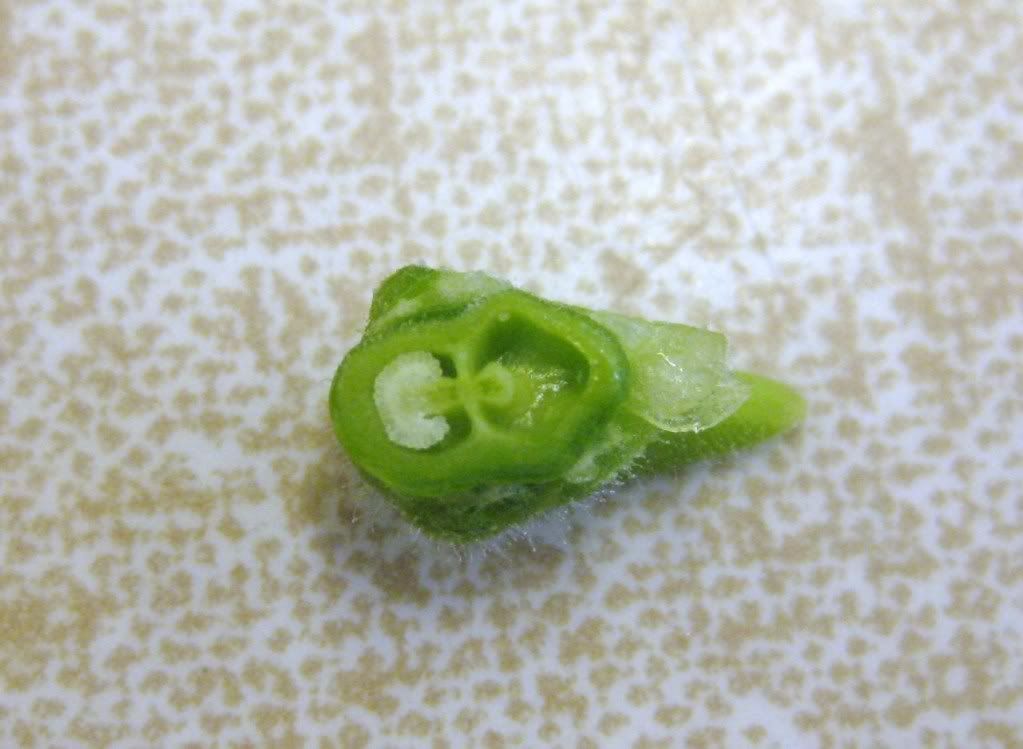
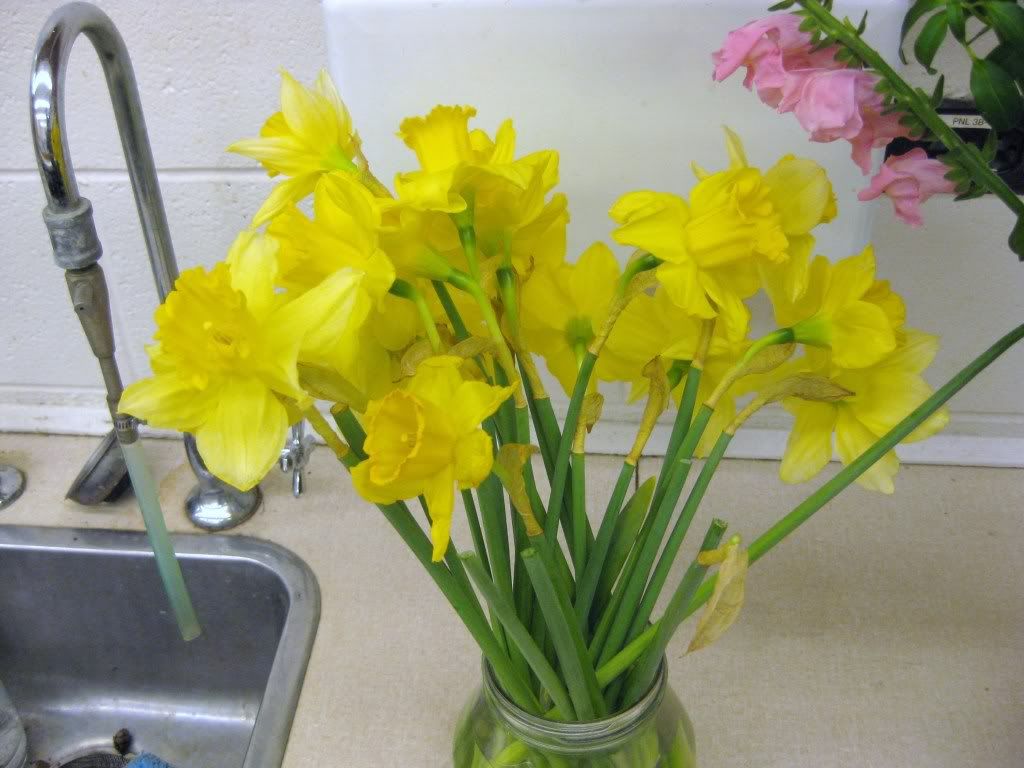


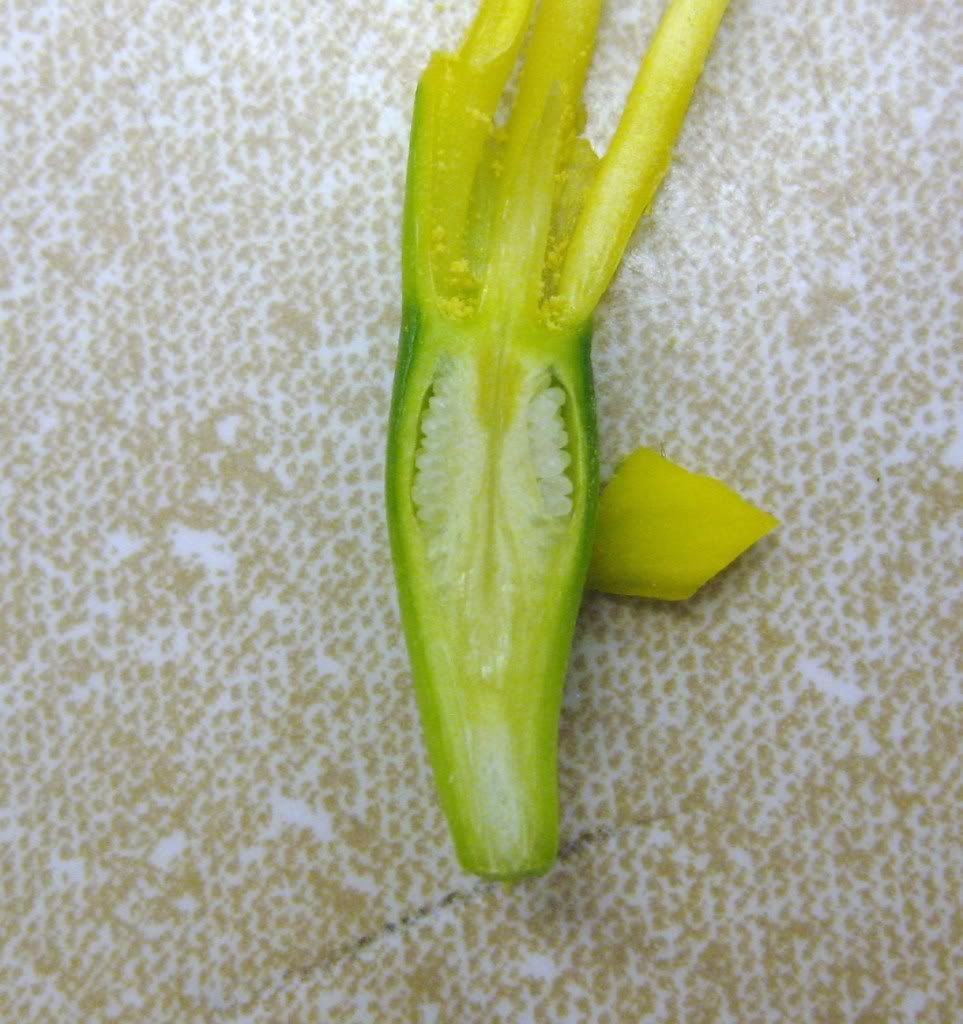
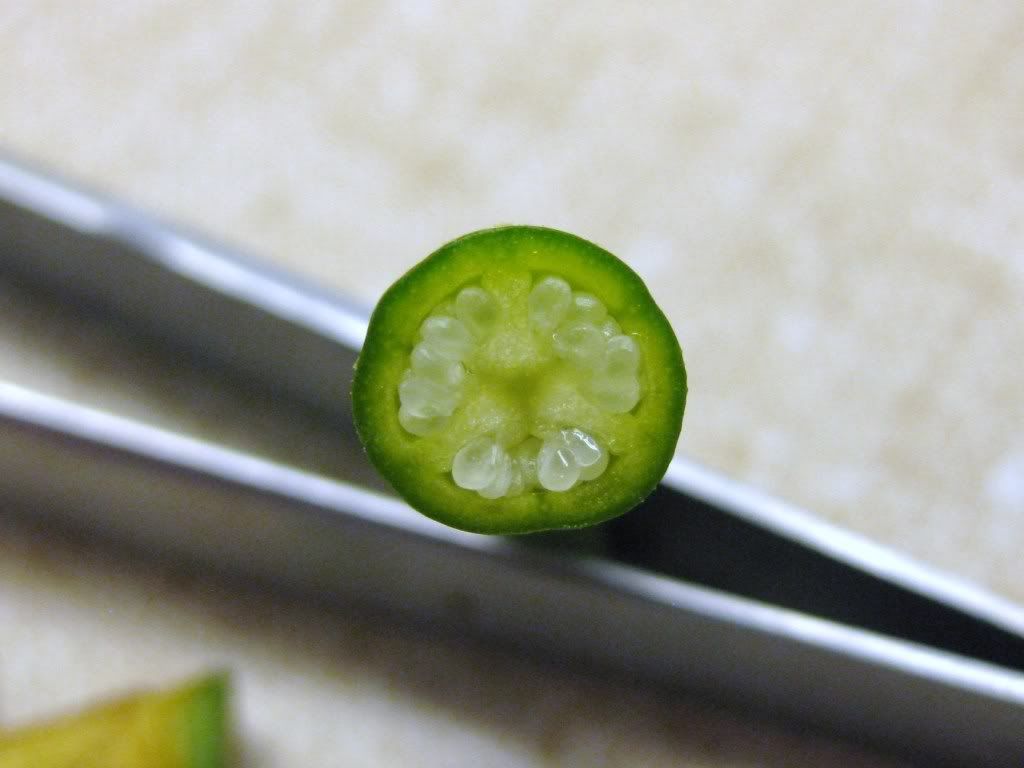


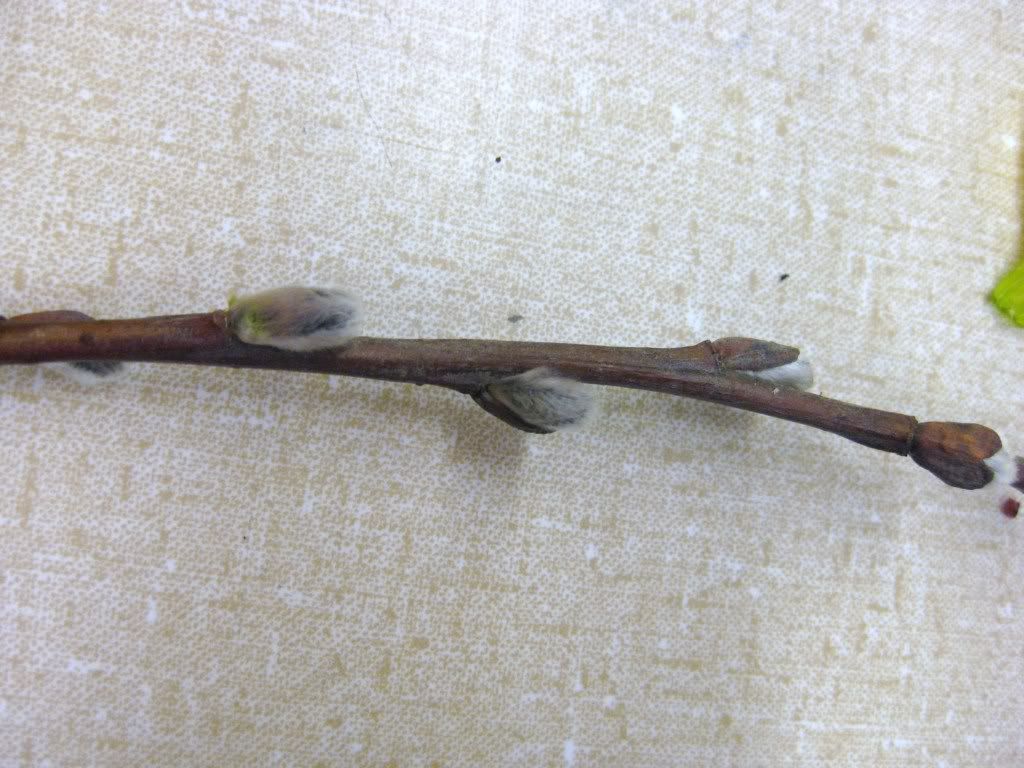








+revised.jpg)